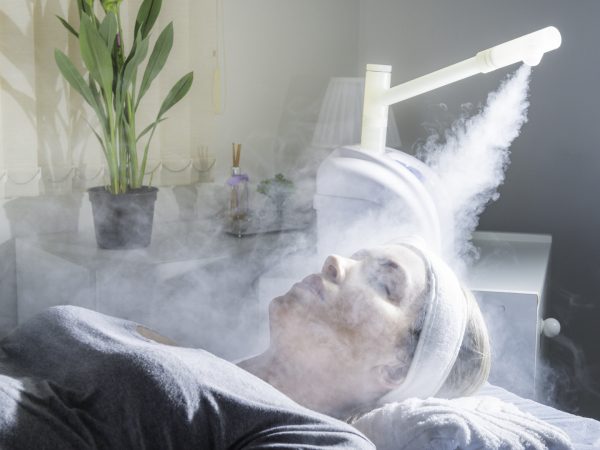Does Ozone Therapy Work?
I’ve been reading a lot about Ozone Therapy lately. Is this a valid treatment?
Andrew Weil, M.D. | July 8, 2021

Although this controversial approach is touted by some alternative medicine practitioners as a treatment for various conditions, I don’t recommend ozone therapy and have a number of concerns about its safety. In fact, safety concerns about ozone therapy have led to warnings from the U.S. Food and Drug Administration (FDA).
Ozone is an unstable toxic gas that is made up of three oxygen molecules. In the Earth’s upper atmosphere, it absorbs ultraviolet light, reducing our exposure to harmful radiation. When inhaled, it can cause coughing, throat irritation, shortness of breath, asthma attacks, and chest pain. Long-term exposure to ground-level ozone — usually the result of air pollution — has been linked to lung damage and increased rates of death.
Ozone has been used in medicine since the 19th century, primarily as a disinfectant for wounds. More recently, proponents have claimed that it can treat a number of conditions, from diabetes and Parkinson’s disease to cancer and HIV/AIDS. Practitioners administer ozone in a variety of ways, such as exposing skin or mucous membranes to it, recommending ozonated water, or offering a “ozone sauna,” in which parts of the body are surrounded by or submerged in ozone. They may also withdraw a patient’s blood, mix it with ozone, and then reinject it, a practice known as autohemotherapy.
Some research does suggest possible medical benefits of ozone: Ozonated water has been shown to help treat dental cavities and manage gum disease, for example. Injections of ozone have also been found effective in treating pain caused by herniated discs. However, few randomized clinical studies have been conducted on the use of ozone therapy for cancer — and research shows that while it may help inhibit HIV in lab studies, it may not be effective when used in humans for this purpose.
These uses are not without risk. Some case reports have linked injections of ozone to pulmonary embolisms, infections, vision loss, and death. In 2019, the FDA issued a statement warning against the use of ozone “in any medical condition for which there is no proof of safety and effectiveness.” The agency also noted that, “In order for ozone to be effective as a germicide, it must be present in a concentration far greater than that which can be safely tolerated by man and animals.”
Ozone therapy has been back in the news lately as a proposed treatment for COVID-19. In a letter to the editor of the Journal of Medical Virology last year, Chinese researchers described two cases of what they considered successful treatment of COVID-19 symptoms with autohemotherapy. And a narrative review by Italian researchers published earlier this year in Virus Research noted that ozone therapy might be a useful adjunct to other treatments for COVID-19. However, no clinical trials have been conducted yet on ozone therapy for this purpose. In fact, last year a federal court prohibited a clinic in Texas from claiming that ozone could be used to treat or cure COVID-19. The clinic’s owner had marketed ozone as the “only prevention” for COVID-19 and stated the treatment could “eradicate” the virus, along with other conditions such as cancer, SARS, and Ebola.
Andrew Weil, M.D.
Source:
U.S. Food and Drug Administration, “Code of Federal Regulations Title 21: Sec. 801.415 Maximum acceptable level of ozone.” Retrieved June 30, 2021. accessdata.fda/scripts/cdrh/cfdocs/cfcfr/CFRSearch.cfm?fr=801.415












